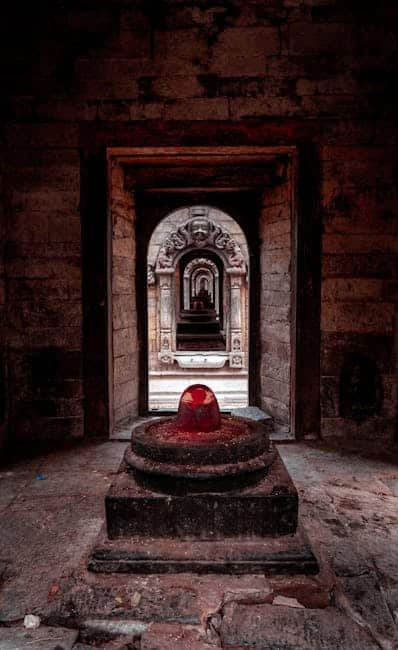Chicago’s Architectural Wonders: A Historical Perspective
Chicago, often dubbed the “Windy City,” is a treasure trove of architectural brilliance. From its towering skyscrapers to its historical landmarks, Chicago’s skyline tells a story of innovation, resilience, and artistic vision. Join me as we explore the architectural wonders that have shaped this magnificent city over the years.
Table of Contents
1. Chicago’s Architectural Beginnings 🏗️
2. The Rise of the Skyscraper 🌆
3. Iconic Landmarks and Their Stories 🏰
4. Modern Marvels: The New Era 🏙️
5. Conclusion: The Ever-Evolving Skyline 🌟
6. FAQs 🤔
Chicago’s Architectural Beginnings 🏗️
The architectural journey of Chicago began in the 19th century, following the Great Chicago Fire of 1871. This devastating event destroyed much of the city, but it also paved the way for innovative design and construction techniques. Architects saw a blank canvas amidst the ashes, and the stage was set for a renaissance in urban planning.
The rebuilding efforts led to the creation of some of the city’s earliest iconic structures, such as the Chicago Water Tower, one of the few buildings to survive the fire. Designed by William W. Boyington, this Gothic Revival structure stands as a symbol of resilience and rebirth.
The Rise of the Skyscraper 🌆
Chicago is often credited as the birthplace of the skyscraper, thanks to the Home Insurance Building, completed in 1885. Designed by William Le Baron Jenney, it was the first building to use a steel frame to support its weight, revolutionizing the way buildings were constructed. Though it was only ten stories tall, it marked the beginning of a new era in architecture.
As the city thrived, architects like Louis Sullivan and Daniel Burnham pushed the boundaries of design with buildings such as the Auditorium Building and the Reliance Building. Sullivan’s famous adage, “form follows function,” became a guiding principle in modern architecture, influencing countless structures worldwide.
Iconic Landmarks and Their Stories 🏰
Chicago’s skyline is dotted with landmarks that each tell a unique story. The Wrigley Building, with its gleaming white terracotta façade, is a nod to the Spanish Revival style and a tribute to the city’s commercial success. Meanwhile, the Tribune Tower, with its neo-Gothic design, stands as a testament to the power of the press.
Perhaps no building is as synonymous with Chicago as the Willis Tower (originally the Sears Tower). Once the tallest building in the world, this iconic skyscraper symbolizes Chicago’s ambition and its role as a leader in architectural innovation. The Skydeck, with its glass-floored ledge, offers breathtaking views of the city and Lake Michigan, attracting millions of visitors each year.
Modern Marvels: The New Era 🏙️
In recent years, Chicago has continued to push the boundaries of architectural design. Contemporary architects have left their mark with structures like the Aqua Tower, designed by Jeanne Gang. Its undulating façade and eco-friendly features make it a standout in the city’s lineup of modern marvels.
The recently completed Vista Tower adds to the city’s skyline with its unique, twisting form and luxurious amenities. This evolution reflects Chicago’s commitment to sustainability and innovation, ensuring that the city remains at the forefront of architectural excellence.
Conclusion: The Ever-Evolving Skyline 🌟
Chicago’s skyline is a dynamic tapestry of history, culture, and creativity. From its humble beginnings after the Great Fire to its status as a global architectural hub, the city continues to inspire and captivate. Whether you’re an architecture enthusiast or a casual visitor, Chicago offers a rich and rewarding experience that celebrates the beauty of human ingenuity.
FAQs 🤔
Q: What is the oldest building in Chicago?
A: The Chicago Water Tower, built in 1869, is one of the oldest structures in the city and survived the Great Chicago Fire of 1871.
Q: Why is Chicago known as the birthplace of the skyscraper?
A: The Home Insurance Building, completed in 1885, was the first to use a steel frame, setting the standard for modern skyscrapers.
Q: What are some must-see architectural sites in Chicago?
A: Don’t miss the Willis Tower, the Wrigley Building, and the Aqua Tower for a mix of historical and contemporary architecture.
Q: How has modern architecture influenced Chicago’s skyline?
A: Recent additions like the Aqua Tower and Vista Tower showcase innovative design and sustainable building practices.
Q: Can you visit the top of the Willis Tower?
A: Yes, the Skydeck on the Willis Tower’s 103rd floor offers panoramic views of Chicago and beyond.


